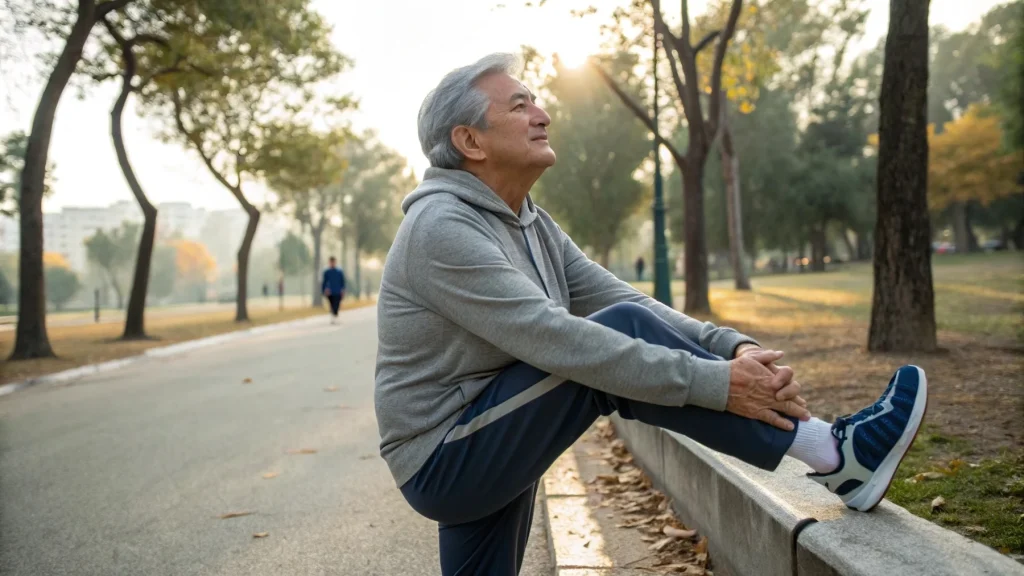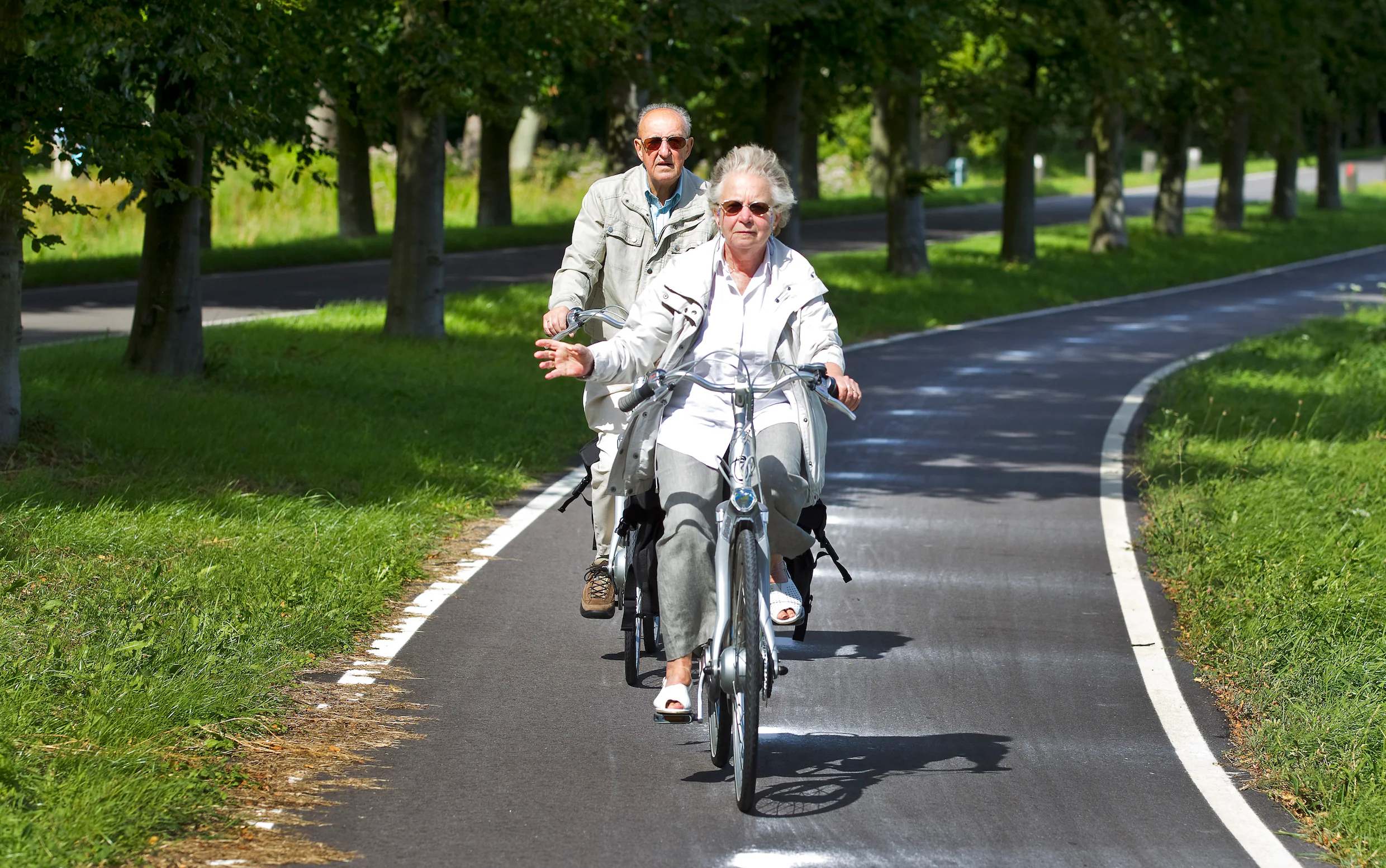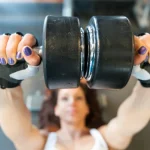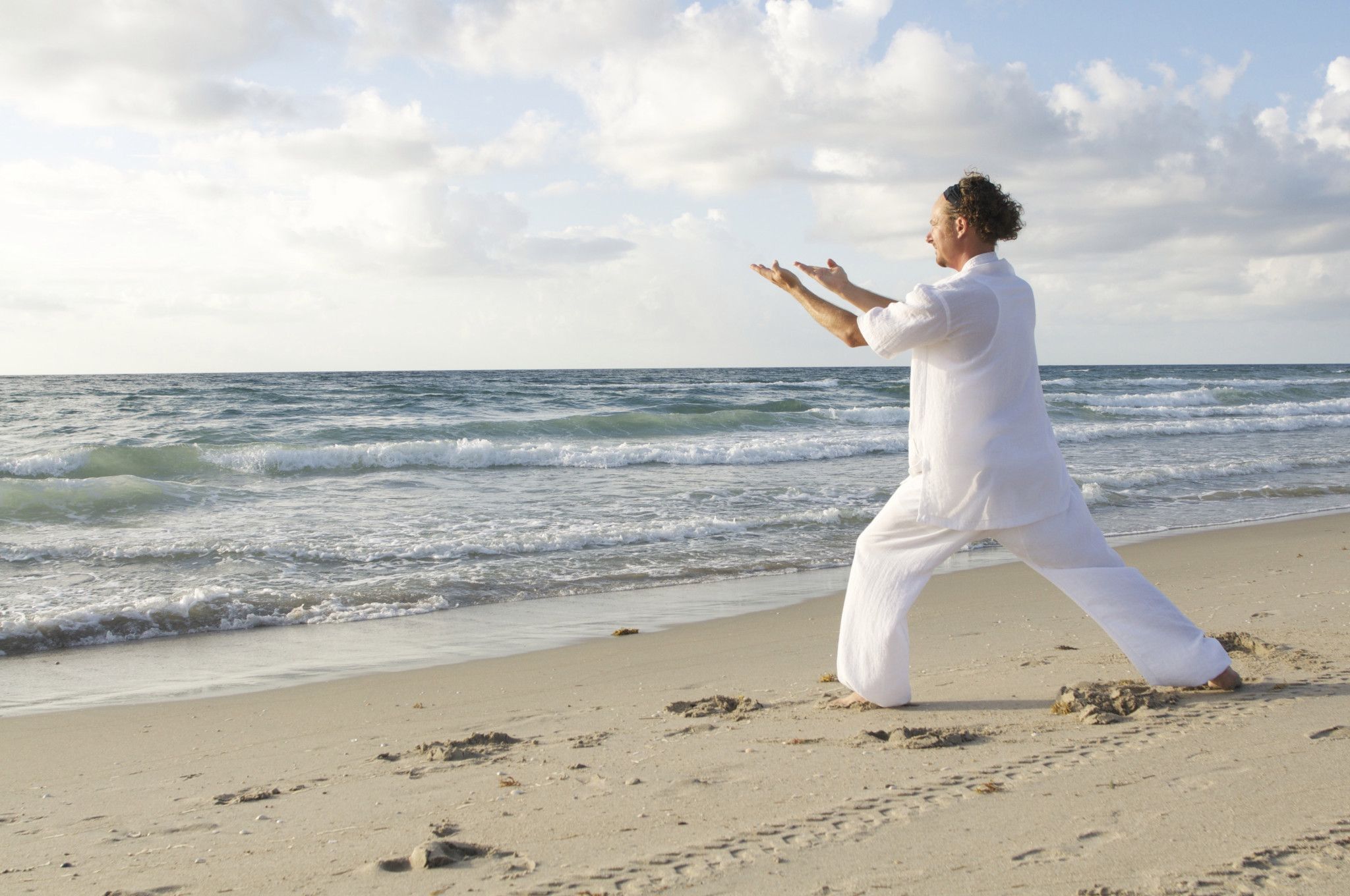A safe and effective way to stay active in old age without overloading your body
When you turn 65, a different phase begins. It’s no longer about chasing career goals, but rather taking care of what has already been built. It’s time to enjoy life in a more relaxed way, prioritize your mental health and renew your focus on what really matters. However, the body takes its toll too: discomfort appears, the pace changes and some activities start to drag us down.
One of the most common symptoms at this stage is joint pain. This can be the result of natural wear and tear of cartilage, loss of collagen, loss of muscle mass, chronic inflammation, changes in posture or excess weight.
The worst part is that despite all this discomfort, many people still believe that total rest is best. As if just sitting on the couch and waiting for the pain to go away was enough. But that’s not the answer, it’s movement. And among the options, there is one that makes a big difference.
The best low-impact exercise for seniors with joint problems
It’s not a pool or a Pilates class. While both activities have their place, there is one that stands out among the rest: cycling. More specifically, the use of adapted stationary or electric bicycles.
Cycling is good for the joints because, unlike running or even walking long distances, pedaling is not accompanied by heavy impacts or shocks to the knees and ankles. The work is done with body weight distribution, circular movements that activate the muscles without stressing the bone structures. In addition, it can be adjusted to each person’s level.
What are the benefits of cycling after the age of 65?
The great thing about cycling is that it not only does not harm the joints, but also strengthens them. Pedaling activates the muscles in the legs, buttocks and abdomen, which helps to provide stability and reduce the risk of falls. On the other hand, it improves blood circulation, promotes heart health and helps control body weight.
On the other hand, cycling also has a direct impact on mood. Riding a bike, alone or with someone, breaks the routine, improves mood, and helps combat the feelings of isolation that plague many seniors.
How do seniors ride a bike and not get injured?

But be careful, we’re not talking about mountain road racing or competition. The goal is to keep the body moving, safely and gradually. The first thing to do is to choose the right bike. Pedal-assist electric bikes are ideal for those who tire quickly or live in hilly terrain.
To avoid injury, it is important to watch your posture. The handlebars should be at a height that prevents you from slouching and the saddle should be neither too high nor too low. Improper adjustment can cause discomfort in the back or knees.
It is recommended to start with short sessions of 10 or 15 minutes and gradually increase the duration. Always wear suitable shoes, drink plenty of fluids and avoid the hottest hours of the day. And something else fundamental: listen to your body. If pain occurs, rest without applying pressure.

































